Originally posted on: https://digestley.com/chronic-pain-from-sciatica-and-pinched-nerves/ Living with chronic pain, especially from conditions like sciatica and pinched nerves, is not just…
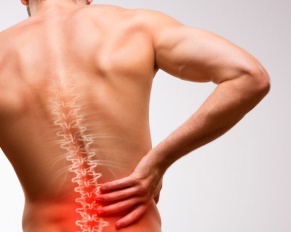
Originally posted on: https://gplmedicine.org/the-comprehensive-guide-to-understanding-back-pain-causes-prevention-and-the-role-of-posture.html Back pain is a pervasive issue, affecting millions of people worldwide. It’s a leading cause…
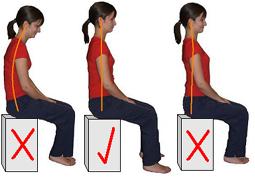
The modern lifestyle, characterized by prolonged periods of sitting and increased screen time, has brought the issue of poor posture…
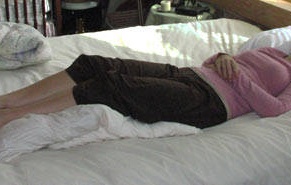
Spinal stenosis emerges as a critical condition within the realm of spinal health, characterized by the narrowing of the spinal…
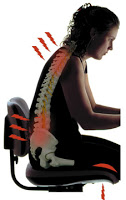
Pinched nerves, a common yet often misunderstood condition, occur when undue pressure is applied to a nerve by surrounding tissues,…
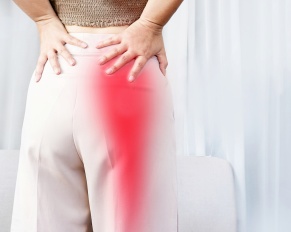
Sciatica, characterized by its hallmark symptom of nerve pain shooting down the leg, stands as a significant health concern for…

Lumbar laminectomy, a surgical procedure designed to alleviate back pain and discomfort caused by spinal stenosis, has emerged as a…

In today’s fast-paced world, back pain has emerged as a common ailment affecting individuals of all ages, such as the…
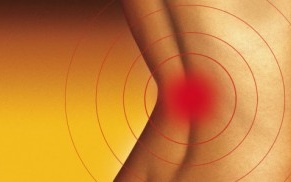
Back pain is a prevalent issue that affects individuals of all ages, but it holds particular significance in the realm…
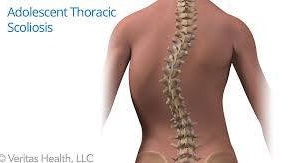
We’ve all seen the pictures of the hunched-over elderly person who has to walk with a cane. It’s one of the first things that come to mind when we think of older folks’ ailments… back problems. But is back pain a normal sign of aging? Does it really have to be this way? Must we suffer with back problems, medical conditions of the spine, and back pain, just because we’re headed toward our senior years? The answer is an unequivocal ‘Absolutely not! Back pain is not an inevitable, unavoidable part of getting older. In fact, many people throughout the country find that ‘aging gracefully’ includes aging without having to suffer with it.

